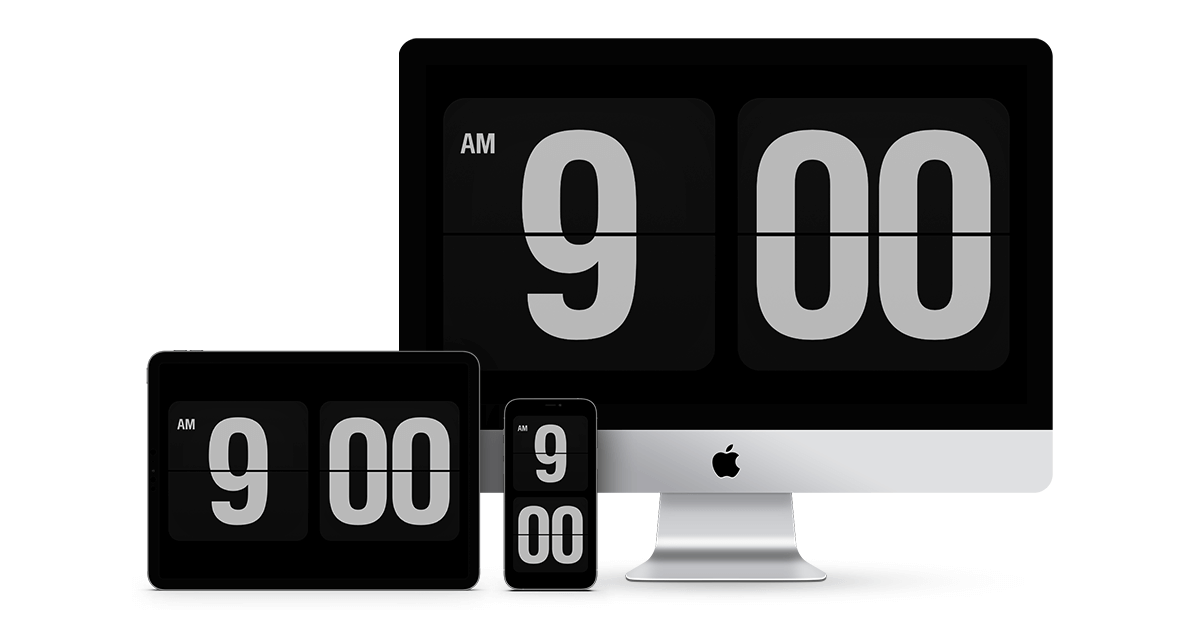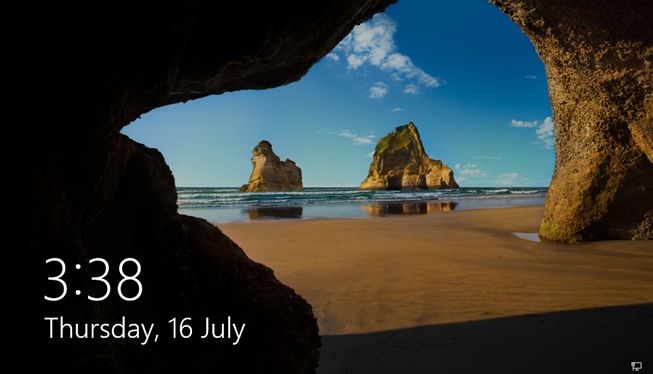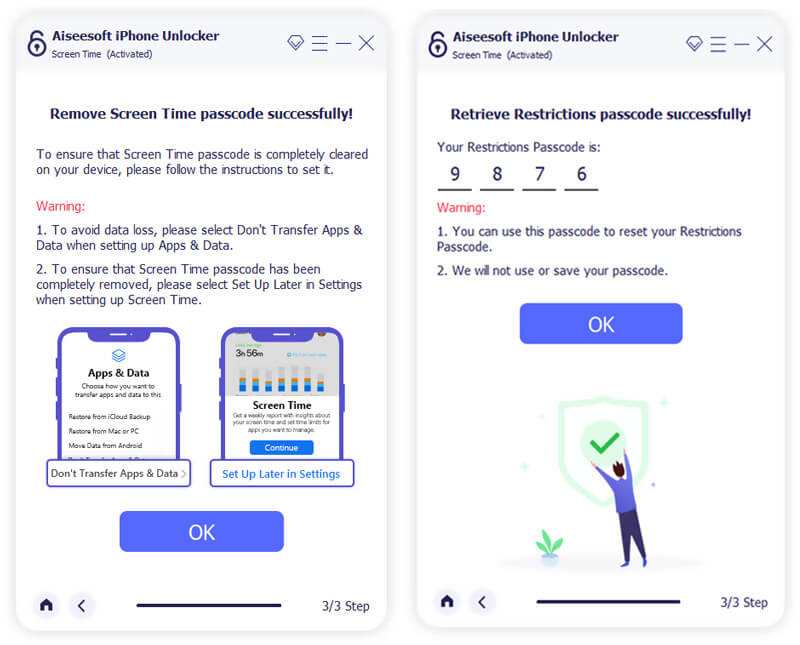

- #Taskr screen timeout gets locked how to#
- #Taskr screen timeout gets locked password#
- #Taskr screen timeout gets locked Pc#
- #Taskr screen timeout gets locked windows#
Users may not be aware or not remember that the password requirement is part of your firm's security policy. They may not be wanting to bypass security but simply desire a different screen saver, but in the process accidentally remove the password requirement. However, some users may, inadvertently change the above settings from their individual Personalization settings such as under Lock Screen Settings. The above settings are sufficient to activate the screen lock after machine is idle for all users. Your changes will take effect after you restart the computer. In the window that opens, select "Enabled" and click OK. In the right pane, double click Password protect the screen saver. To require the user to provide a password when they return after the screen saver started, we need to configure this fourth setting. The above settings just cause the screen saver to kick in. Setting 4: Password Protect the Screen Saver This is the "blank screen" screen saver.Ĭlick OK to close this setting window. The complete path to be entered is "C:\Windows\System32\scrnsave.scr" if we want to use "scrnsave" as our specific screen saver. Now we need to type the complete path along with the extension ".scr" in the "Force Specific screen saver" settings window. Note one of the file names of type screen saver, such as "scrnsave" or "Bubbles." Scroll down until you see files of type ".scr" (Screen Saver).

This sorts the files by file-type, so that all files of a type appear together. Here, click on Type just above the list of files/folders.
#Taskr screen timeout gets locked windows#
To find the name of available screen saver programs, open File Explorer and browse to folder "C:\Windows\System32" (the path may be different if your Windows installation uses another drive instead of C-drive).

There is no default here, and so if this settings is not configured, the screen lock will not take place. Here you need to specify the name of the screen saver to be used. Now, in the right pane, double click Force specific screen saver. For instance, for 15 minutes set it to 900, or for 10 minutes, set it to 600. Select "Enabled" and set the setting showing "Number of seconds to enable the screen saver" to the number of seconds of inactivity after which you want the screen to lock. Now in the right pane of the local group policy editor, double click Screen saver timeout. Then on the right, double click Enable Screen Saver. We will adjust settings marked 4a through 4d, and optionally, #5. This reveals a bunch of settings in the right pane. In the window that opens, in the left pane, under User Configuration, double click Administrative Templates, then double click Control Panel and then Personalization (shown as steps 1, 2, and 3 in the picture). In the small window that opens on the bottom left, type "gpedit.msc" (without quotes) and press OK. On Windows 10, press the Windows key and "R" key simultaneously.
#Taskr screen timeout gets locked how to#
The following explains how to do this in detail, with screenshots.

So, it is best to automate the screen lockout. Now, when the user leaves, they may not realize the screen is still unlocked. For example, if the user is at their desk, but not working on their computer, the screen may power off after a while. Even the most security conscious users can forget to lock the screen when leaving.
#Taskr screen timeout gets locked Pc#
So, if the PC is idle, which means the user has likely left it unattended for a while, we want the screen saver to kick in and resuming the user session should require entering the password, by showing the logon screen. One of the aspects of securing your computers is to ensure that it locks itself after a period of inactivity.


 0 kommentar(er)
0 kommentar(er)
